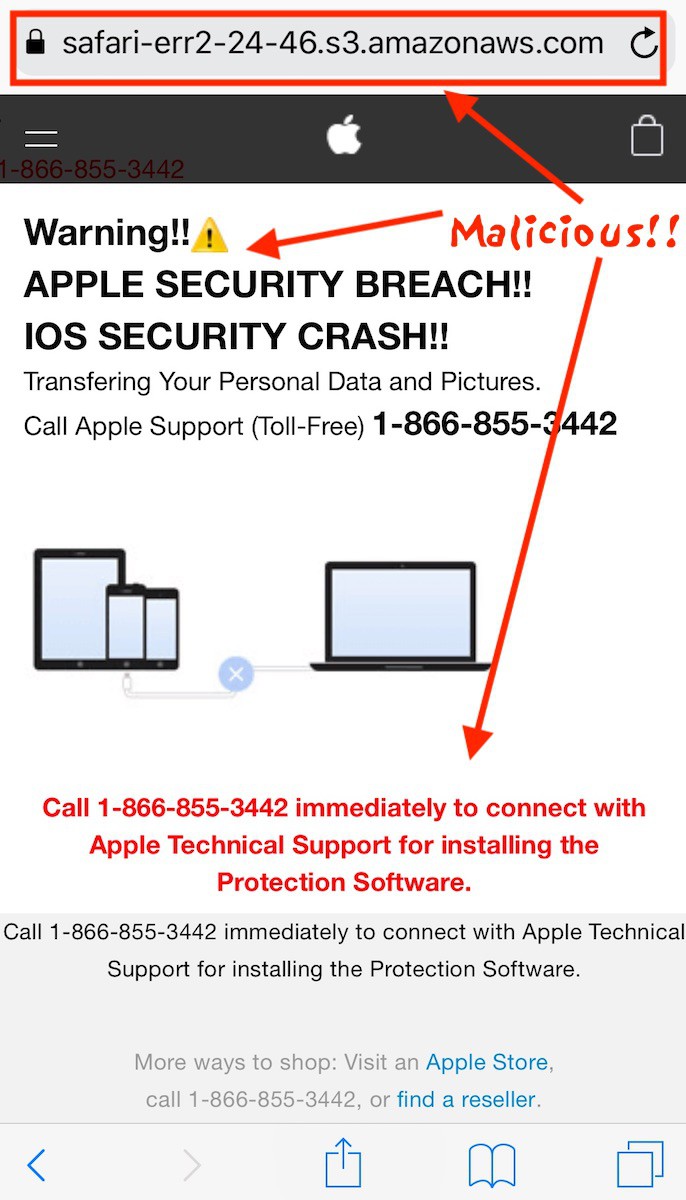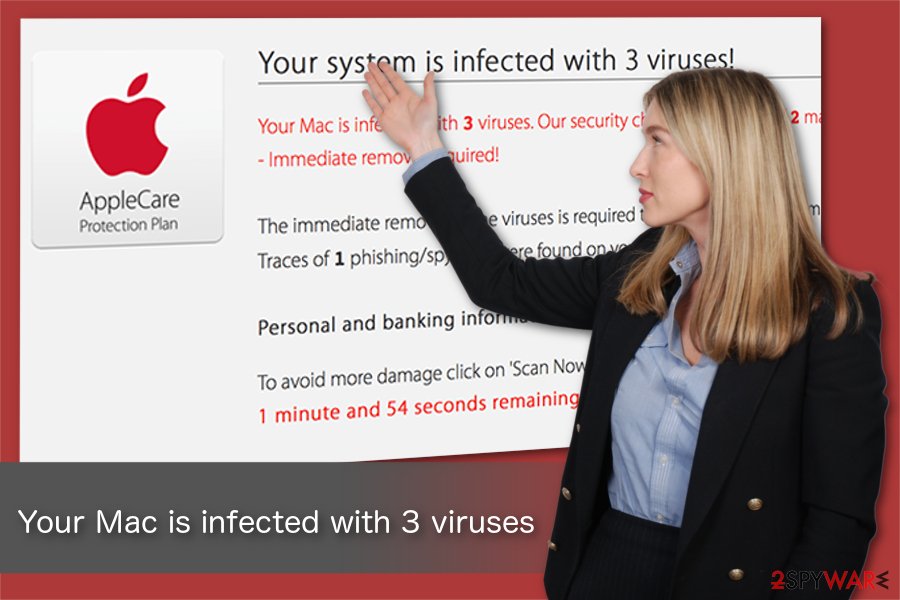
- APPLE VIRUS SCAN WARNING INSTALL
- APPLE VIRUS SCAN WARNING UPDATE
- APPLE VIRUS SCAN WARNING FULL
- APPLE VIRUS SCAN WARNING SOFTWARE
- APPLE VIRUS SCAN WARNING MAC
You may need to force your browser to quit. You should immediately close your browser.
APPLE VIRUS SCAN WARNING MAC
Questions? Comments? Have a fix? Post them below or e-mail us!īe sure to check us out on Twitter and the CNET Mac forums.Seeing a strange and alarming pop-up when visiting a website?
There are numerous types of malware, with the most common ones being Trojan horses, which like any false advertisements on the Web and in e-mail have been a plague for Internet users for years.

Overall, OS X is known to be virus-free and worm-free, but that does not mean it is malware-free, though to date all malware for OS X has been of the type that's installed by tricking the user.

Even if a scanner appears legitimate, if you find you have to provide something to the scanner in order for it to complete its job (even an admin password) then it should not be trusted.
APPLE VIRUS SCAN WARNING UPDATE
If a legitimate malware scanner locates malware on your system, it will remove or quarantine it, and will not request you to download an update or pay for an upgrade to manage the located threats. Is it ultimately asking you for something? You can use Spotlight to perform a search for these files by name and see if they actually exist on your system, and whether attributes like file size match what the scanner is reporting (they likely will not). These malware programs and sites tend to provide you with a list of "infected" files on your system. Therefore it will not be able to scan your system for files or malware, and it will shut down when the parent browser or e-mail client is quit. However, keep in mind that anything running in your Web browser or e-mail client will have exceptionally limited access to your system. If the scanner disappears after you do this then you'll know it was a scam.īoth Safari and Mail will render Web content, and given the advancements in JavaScript and other Web-based scripting languages, a Web page can be made to look very much like a local application. If Safari, Mail, or another Web browser or e-mail client is running, try quitting it. If a scanner suddenly appears in the foreground and starts showing activity, look in the top left of your screen next to the Apple menu to see what program is running in the foreground.
APPLE VIRUS SCAN WARNING SOFTWARE
Know what software you have installed on your system, and always download it from a reputable location only (such as the Mac App Store, a company Web page, or CNET's ). And if you have installed one, such as VirusBarrier X6, Norton, Kaspersky, or Sophos, you should recognize it as the package you have installed.
APPLE VIRUS SCAN WARNING FULL
Therefore, if you have not installed a full malware scanner there is no reason for one to run on your system. Apple's XProtect only shows this window and offers options to Open, Cancel, or Eject/Trash the file. The only option Apple provides is a feature called XProtect, which is a rudimentary malware scanner that will issue a warning when you try to open a file it suspects. While there are a number of security-based components to OS X, so far Apple has not developed and installed a full malware scanner with a user interface. If you ever see a malware scanner suddenly pop up on your screen, here are some things to consider before giving it any credibility: This may be a concern to people, but rest assured these are just scams to try to coerce you into installing malware and are nothing new. It will start listing files that are not on your system as the fake scan completes itself, and will display some statistics about the number of threats found. The malware is made available for download through a Web page that is entitled "Apple security center" and appears to be running a virus scan on the system. In a growing thread on the Apple Support Communities forum, commenters are describing the new attack attempt, in which an individual or small group (judging by IP addresses) is releasing Mac-focused malware to OS X users via e-mail and Web links. The 'Apple Security Center' malware appears to be a legitimate scanner, but runs in a Web browser (click for larger view).
APPLE VIRUS SCAN WARNING INSTALL
Recently some rather sophisticated Trojan horse scam software called MacDefender was discovered for OS X, and a similar attempt has surfaced with a Web-based malware-detection facade that tries to get you to download and install malware on your system.

If you ever see a message or window in Safari or your e-mail client about your system's security being compromised, ignore it! Malware developers and scammers are increasingly focusing on OS X and working to trick Mac users with highly developed Trojan horse attempts, using both software and ominous-looking messages generated in Web browsers and e-mail clients.


 0 kommentar(er)
0 kommentar(er)
